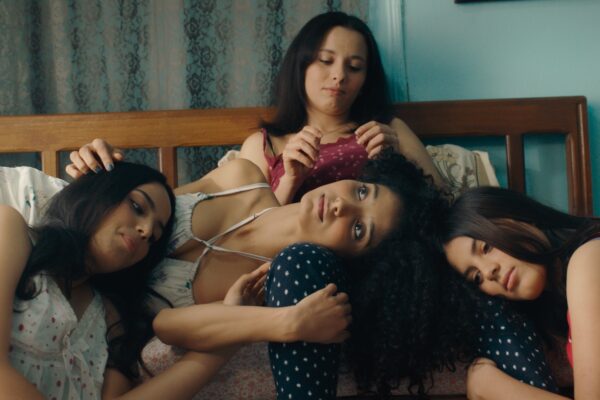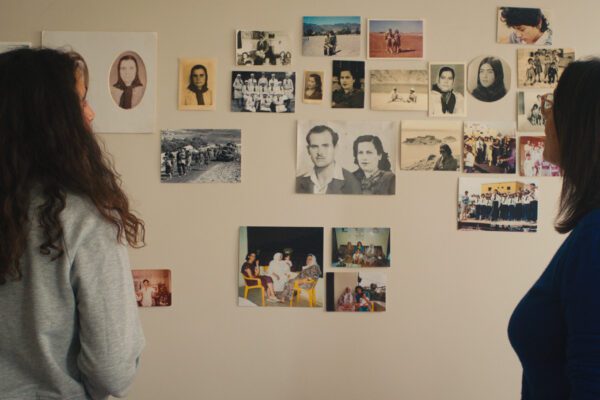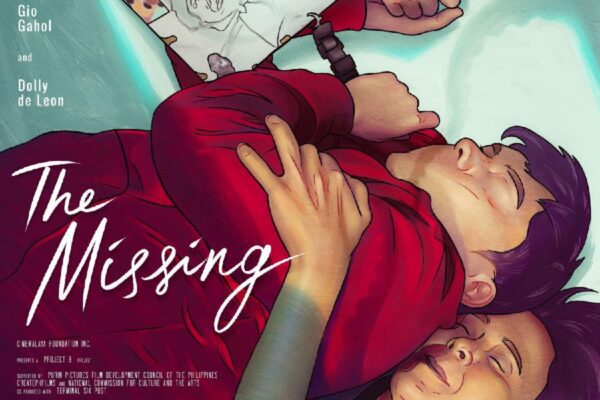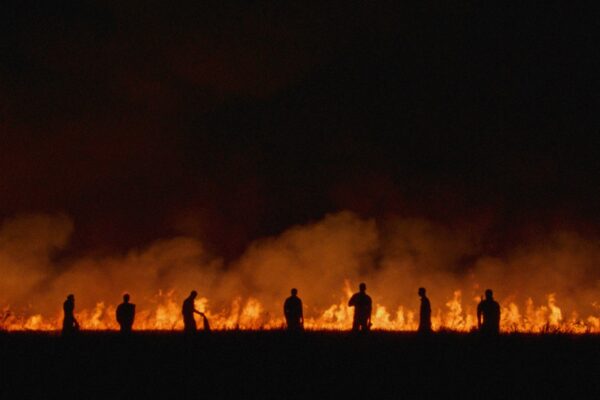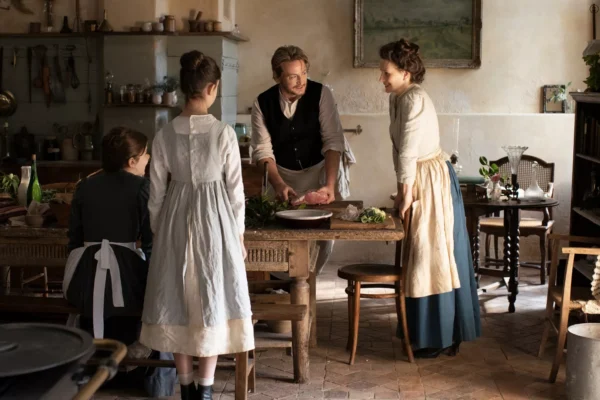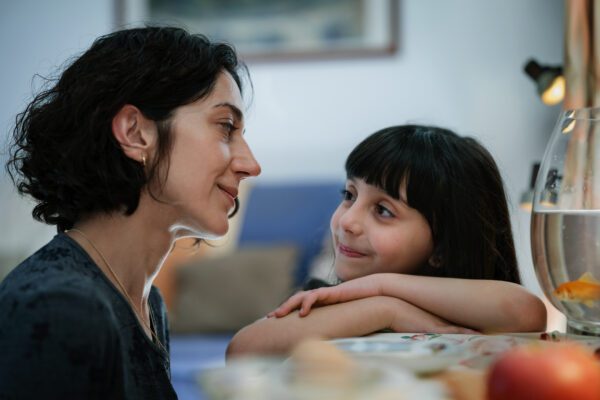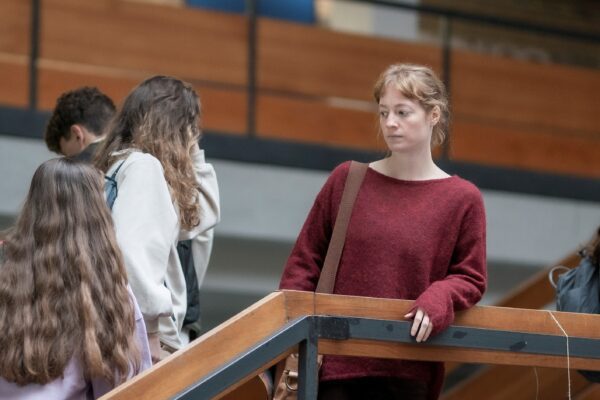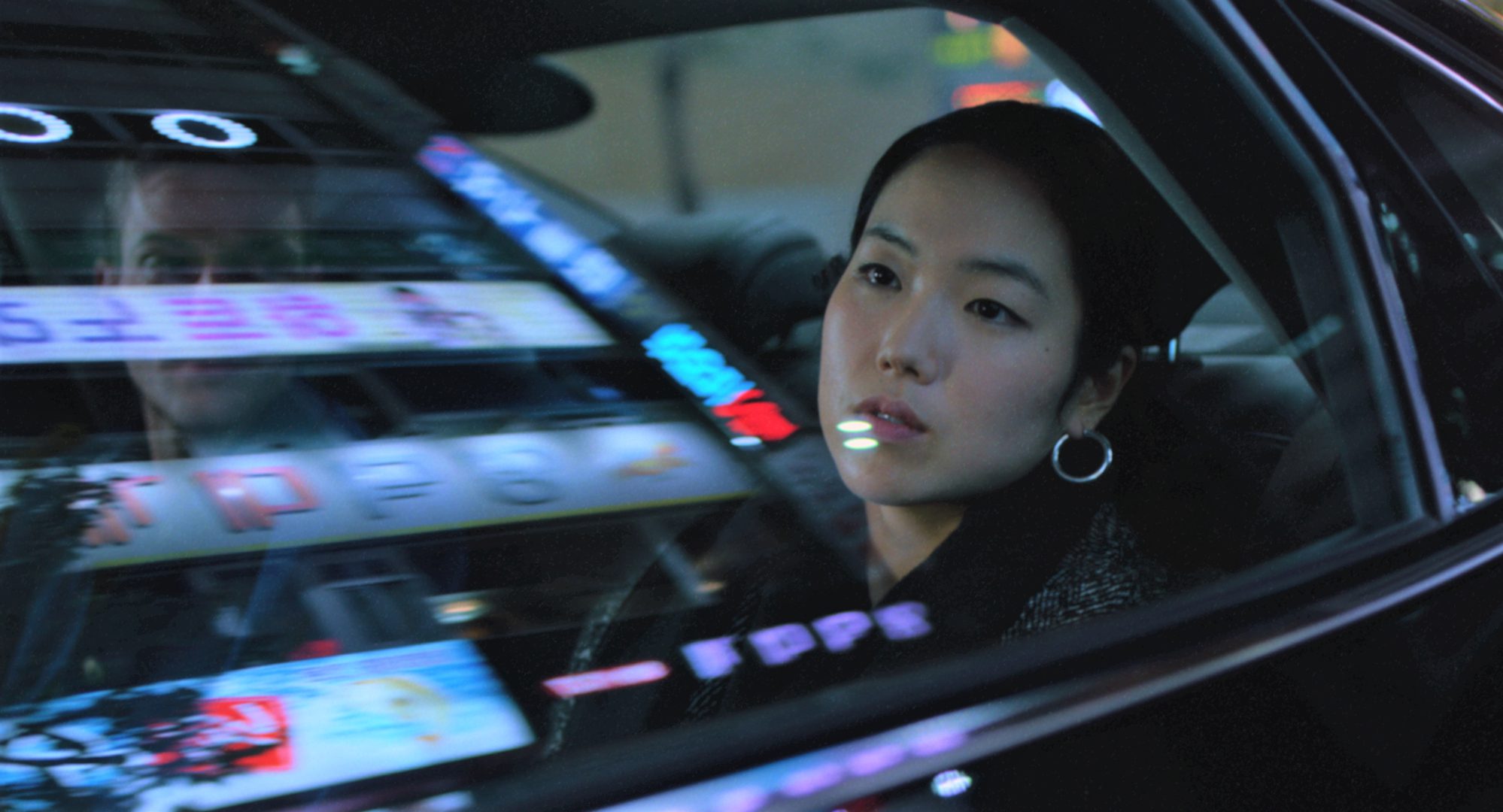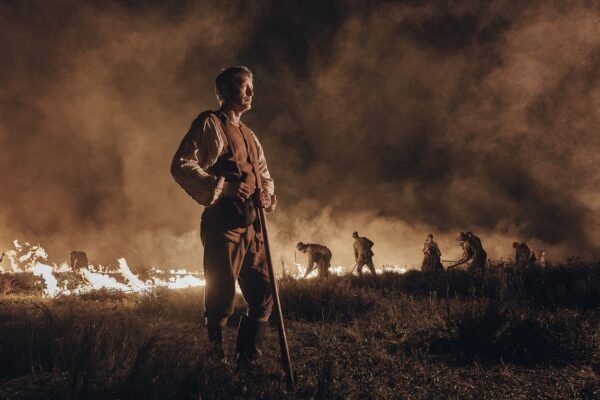
The Promised Land: Eden in negative
“God isn’t civilized. God is chaos. Life is chaos.” I look at The Promised Land as the story of the Garden of Eden in negative. Directed by Nikolaj Arcel from a script by Anders Thomas Jensen (who often brings a theological sensitivity to his stories), the film tells the story of a man who not…

